.
.
McCoy Tyner in 1981
.
_____
.
Few musicians have had the impact on the world of music that McCoy Tyner has. His sound has influenced pianists in each of his six decades as a performer. Noted jazz critic Scott Yanow says, “Along with Bill Evans, Tyner has been the most influential pianist in jazz of the past 40 years with his chord voicings being adopted and utilized by virtually every younger pianist.”
While his career continues to move ahead, he will forever be best known as the pianist in John Coltrane’s famed Quartet of the early 1960’s, a group long since recognized as the ultimate jazz combo, whose eclectic, spirited work constantly demanded listeners to reach well beyond their safest star. A Love Supreme, recorded in 1964, is a landmark in music, and to this day the centerpiece to the Quartet’s vast, unparalled universe.
Tyner discusses A Love Supreme with Jerry Jazz Musician editor/publisher Joe Maita as part of our continuing series on this classic American recording.
.
.
_____
.
.
JJM Who were your heroes?
MT When I was growing up, Bud Powell, Thelonious Monk were basically the people who inspired me on the piano. Later on, I found out about Art Tatum and others. Bud and Thelonious were the main people who inspired me. Bud Powell, fortunately, moved around the corner from me when I was about 15. It was in the mid 50’s, and his brother, Richie, was with the Max Roach/Clifford Brown band. Richie had an apartment around the corner and Bud moved in. I was very fortunate to have a gentleman that inspired me right around the corner, in my neighborhood.
JJM Was he your first memory of listening to a piano performance as a child?
MT I had an R&B band in junior high school, and some of the older musicians got me involved in the modern concept. I think Bud was one of the first, but I wouldn’t say he was the first. He and Thelonious culminated around the same time. I can’t say who I heard first.
JJM How did you meet John Coltrane?
MT I met John in the mid 1950’s. I was playing with Cal Massey’s band. Cal was a trumpeter and composer. Jimmy Garrison, Albert “Tootie” Heath and I were in the band, and Cal was a good friend of John’s. I was familiar with John’s early Prestige recordings, but I had never met him. I was about 17 then. I had a matinee with Cal in a club called the Red Rooster in Philadelphia, not far from where I lived. John came to the matinee, and I had a chance to meet him, which was a big thrill, since he was someone I really admired. His sound, his playing, his concepts. He was like a hero to us. He came home for a sabbatical, and spent some time with his mother, and it was during this period that I met him. He had been with Miles, came home to spend time with mom in the mid 50s and then went back with mom in the late 50s.
JJM You were playing with the Jazztet in 1959?
MT Yes, I joined up around that time. I was supposed to play with John. I got very familiar with him and we used to sit on his mom’s porch and talk about music. He said when he leaves Miles that he wanted me to join his band. It took him a long time to eventually leave, because every time he tried to leave, Miles would encourage him to stay. So, it got to be a long, drawn-out kind of thing. Benny Golson, who was another Philadelphia musician, came through and heard me and we went to San Francisco. That was the first time I had been so far away from home, from Philadelphia. Benny and Art Farmer formed the Jazztet and asked if I would become a member. I told them that it’s possible, but whenever John Coltrane leaves Miles Davis’ band, I am going to join him.
JJM Oh, so they knew up front…
MT Yes, I told them. I was honest about it, and they said it was fine. I played with the Jazztet for about seven or eight months. We did the Meet the Jazztet recording and then John left Miles, and I of course joined John at that time.
JJM You were all of, what, 23 or so?
MT I was younger. I was 20 or 21.
JJM Gary Giddins said, “John Coltrane’s music takes you out of the conventional world and it defined the period.” You were such a major player in this historical group and in this definition, which is an incredible life accomplishment. What were your expectations as a musician when you joined Coltrane’s quartet?
MT I knew it was going to be an experience because John had composed Giant Steps and some other great tunes. I was aware of it because he did some of the composing in his mother’s home in Philadelphia, and it was during that period that I really got close to him. It was an amazing challenge for me. I knew that that’s where I belonged, and that was the next step for me. We got along very well. We had a good feeling for each other, similar conceptually as far as music was concerned. I knew that is where I needed to be. I was really anxious and excited about it.
JJM Clearly, your style really spoke to him, or he wouldn’t have sought you out in the way that he did.
MT Yes, we were very compatible musically. I think that he probably knew that for some reason. Well, I guess you don’t know everything, but you could take a shot and hope for the best. He changed rhythm sections he had different bass players and drummers, and finally ended up with Jimmy Garrison on bass and Elvin Jones on drums.
JJM I want to share a short story with you about A Love Supreme. When I was a young man, living in Berkeley in the mid 1970’s, two friends of mine and I would gather in my studio apartment and listen to a handful of very meaningful albums until the wee hours of the morning, one of which was A Love Supreme. It served as a launching point and was vivid accompaniement to deeply meaningful conversation. Whenever I think of A Love Supreme, I think of the special relationship I had with my two friends. What special memories do you have about the recording itself?
MT Well, A Love Supreme is a culmination of growth over a period of time. In other words, we had certain peaks during my stay with John. Certain albums were sort of key albums and they showed where we were at a particular point. Then, we would go from there, using that as a platform from which to go to a different level. A Love Supreme was a pinnacle, where we had reached a certain point, a high point in the band in terms of communication, spiritual feelings between us. We were very good friends, and we loved playing together, and the music came first. That was the philosophical concept of that band, is that the music is number one. I think that A Love Supreme definitely tells that story.
JJM What do you remember about the day of the recording session?
MT I remember that Rudy Van Gelder, who was a premiere jazz recording engineer at the time, cut the lights down, which made it more like a club atmosphere. I don’t think we even rehearsed that music. Usually John would play the music and then we would record it and see what could happen, because it usually developed. Once we started playing it, new ideas would form as far as interpretation of that particular song or group of songs, and A Love Supremewas kind of a suite. Many of the arrangements were head arrangements. There was only one horn so we were able to do that easily, and he just had things sketched out that he would want, nothing in detail, just more or less a few changes, and there you go! We had reached a point where we had that kind of high level communication between us.
JJM Many of the albums that you recorded prior to A Love Supreme, at least on Impulse, were live recordings anyway, is that right?
MT Yes, we had many done in the studio as well, but I think the live thing really gave you an idea of what was going on with the band.
JJM Do you remember the piano that you used for the session?
MT Rudy had a seven foot Steinway. He liked that because the instrument wasn’t that big, as you would get in a nine foot, which is a very big piano. It is more of a balanced instrument, in terms of the bass strings are not that long. It’s a very well balanced instrument in that respect. Not as powerful as the nine foot, but it’s very very nice. He liked to record on that particular instrument, and he had that Steinway for years.
JJM Ever wonder where that is now?
MT You would have to call him to find out! He may still have that, it’s possible.
JJM Any thoughts on what other recordings were made with that instrument, other than yours? The other pianists on the label use it?
MT Yes, I think he had Herbie Hancock play on it He was the premiere engineer during the 60’s, so he had Horace Silver, Andrew Hill..so many pianists used that instrument.
JJM How did this recording change your life?
MT The thing is, sometimes when you are in the middle of something, you don’t realize the sort of impact it is having on the world. I knew that our band was very very special, and I knew it from the response we were getting from the public. But when I look back in retrospect, after I heard it, I remember saying to myself that is really amazing! We played like that a lot, that was normal for us, at that point. The band had reached that level, where that was our normal way of playing.
JJM It was something that certainly challenged listeners, maybe not so much A Love Supreme, but I think some would argue that the direction the quartet was going at that time had left the fans of the Atlantic recordings like Giant Steps and My Favorite Things behind…
MT He was constantly pushing forward. He never rested on his laurels, he was always looking for what’s next. I remember him bringing a new song in, and really liking it, and the next night I suggested we play it, and he said he didn’t want to do it again. So, he was always searching, like a scientist in a lab, looking for something new, a different direction, little tidbits. He never overwrote, he never put too much down. In other words, he left it up to us, to use our abilities.
JJM He was chasing a sound or a variety of sounds that he heard in his head at different times of his life…
MT Yes, that’s right. His sound changed. He kept hearing these sounds in his head, and at one time he thought by changing mouthpieces he could create that sound quicker. But these sounds happen in stages, and you just grow into it. Eventually, everything came together. Sometimes, there is a graduation period for things to change, conceptually. Even the piano, I think that having an individual sound on the piano is the same, you grow, develop it.
JJM Among a serious musicians challenge is to stimulate his listener’s intellect. I have been doing a lot of research around Ralph Ellison of late, particularly around the time when Charlie Parker was making a name for himself and bebop was a new thing. Ellison wrote that bebop was provoking an audience response that was “intellectual.” It was ultimately challenging the very rituals surrounding jazz, and in fact, Ellison described the music of the Parker era as “decadent intellectualism.” Was Coltrane guilty of that?
MT I don’t like the word decadent. If he wanted to use that word, fine, maybe he didn’t mean it in the way I understand it.
JJM I think that what he was getting at was that it was so far out there and beyond the music of the Ellington and Basie era, that it broke down the rituals of jazz…
MT Well, the thing to remember is that jazz is an art form, and it does depict the times through sound. You can go back to the 1920’s and you can hear what the music sounded like then, progressing into bebop in the 40’s, and then the modern period during the 60’s, and you can hear the changes in the music, which is very very normal for music. When you try to put it in a context that limits its development, it becomes something else. It doesn’t develop into something it’s supposed to be. It has to be flexible.
JJM It develops into fine art, which clearly the Coltrane Quartet achieved.
MT I think with that band, the form wasn’t set. We had a tonality that was set, we had a key we were in, of course, but we had the freedom to do what we wanted. One thing about John, and I think Miles Davis had this as well, is that he knew how to pick people to play with. That is very important. If it didn’t work, you don’t force it, and I think that happens a lot of times. Communication is very important, and I think the Quartet is a testament to that, because we were able to do things like make up a song around a scale, and that was it! It wasn’t in your typical form. It wasn’t completely “out there,” it had some form, but it wasn’t limiting. So, I think A Love Supremewas a culmination of all those experiences over the years that we had with John. It had everything to do with his leadership and the fact that we were there for the music and it was a right choice of band members.
JJM Coltrane sounded like the sort of leader that would be fun to play for…
MT He was. He wasn’t dictatorial at all. He didn’t tell you what to do, he left the playing up to you. If he had something specific he wanted out of the melody, he would tell you, and the rest was up to you. So, we had fun! It was because it was like that, that we had that sort of freedom, we would surprise ourselves, we would reach certain points together. Jazz is a very good moral teacher. You have to respect the other guy who is on stage with you in order to achieve what you are looking for. You have to respect the music and the person that is next to you, that way you can get the best out of the situation.
JJM Do you lead your band the same way?
MT Yes, just from being under his guidance all those years. He was the kind of person that not only set an example, he listened to those around him. He used to say that he would play according to what is going on around him. That’s why his leadership was wonderful, the individual talent was special, and the group learned from each other as well as from him. We needed his leadership.
JJM During the 60’s and 70’s, at the height of the civil rights movement and Vietnam, music was a platform for political change. Can jazz or music in general serve as a healing voice through this era we find ourselves in?
MT Yes, I do believe it can. I did a concert in LA not too long ago, right after the September 11 tragedy, and we added some dance choreography to some of the songs I had written, and it was wonderful. I wrote a song called “Flower to the Wind,” which was one of the last pieces, and there was an American flag. A dancer did a solo based on the music. I guess you could say it was patriotic. I think music does reflect the time, and I think that during this time period, we need more music, and I believe the arts will reflect what is going on.
JJM There seems to be hope that the arts will shift a bit from its pre September 11 tone.
MT Yes, we need quality in the arts. There is a lot of mediocrity. Some of the stuff is denigrating. It’s not my style or intent to say how people should play, it’s just that there is a lot of stuff that is not really healthy out there. Especially for young people.
JJM The distribution of music is being impacted by some of the decisions that have been made by the record companies, because they have taken the path of going after this “disposable, instant gratification” music. They are making sizable amounts of money on a handful of artists, and the rest of us are seeing a very difficult time getting music put into the stores…There are a variety of reasons for it, of course, but you are left with the impression that there is not the energy toward building life long artists, and more interest in the quick buck philosophy…
MT When I first signed with Impulse Records, it was owned by ABC. I met the head of ABC and he sat me down. This was after John had signed with them and Bob Thiele, his producer, thought it was time for me to do something on my own. So, I was happy to sign with the label I was already recording for anyway. The head of the label told me how very happy he was to have me on the label, and that they were going to work with me. They liked to hear my point of view in terms of what I was doing. In other words, if you were an individual, they liked that, they didn’t want you to sound like somebody else. They signed you up because you had talent and they wanted to hear what you as an individual had to say. They didn’t want a carbon copy of another artist. I liked that about that period and that’s why you had so many different individuals playing different ways, with different things being expressed musically.
JJM What is the greatest reward that you took with you as a result of your participation on this recording?
MT To put it simply, it was the fact that I played in a great band. Also, the fact that we functioned like one person. It wasn’t like we were four guys on stage doing his own particular kind of thing. In other words, it had to be in relationship to the total. To me, it’s a wonderful way to not only think, but behave. I think to create civility in life and society itself, to think of yourself in relationship to other people. What you do, may effect someone else. We have to be conscious of that, that we don’t function by ourselves. When you get in a situation where everyone is thinking democratically, thinking in terms of what is played and how it effects you and how your response to it effects those around you.
JJM Your work, and that album, has touched millions of people..
MT Yes, I am proud of that. It was chosen as one of the greatest 100 CD’s of the 20th Century, and I played on it…
.
_____
.
Interview took place on November 8, 2001
.
.
*
.
.
If you enjoyed this interview, you may want to read our interview with Ashley Kahn, author of A Love Supreme: The Story of John Coltrane’s Signature Album.
.
.
.








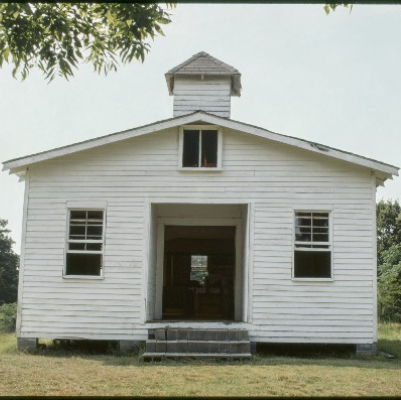
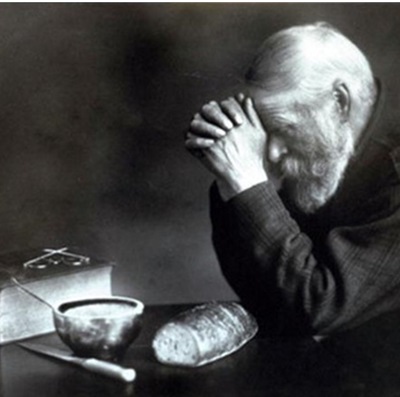




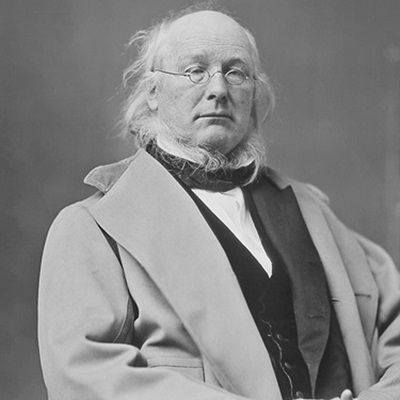
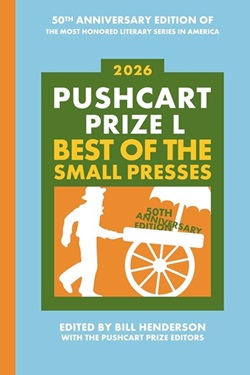


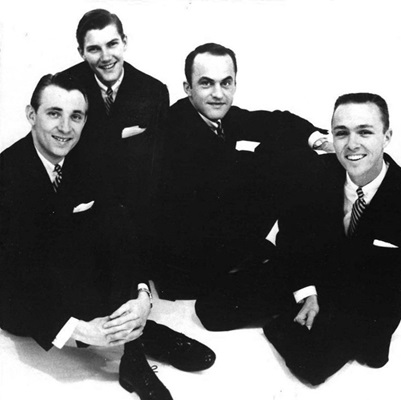










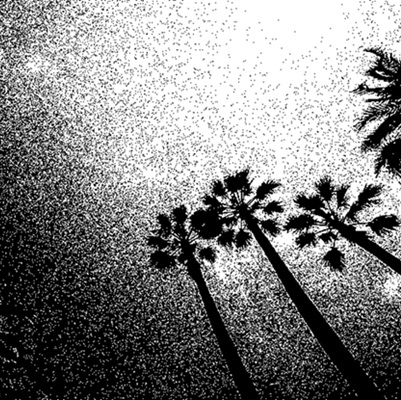















Thanks for putting up this interview with McCoy Tyner. He seems to be a very intelligent and thoughtful person. I love these two quotes from your interview:
MT: “Jazz is a very good moral teacher. You have to respect the other guy who is on stage with you in order to achieve what you are looking for. You have to respect the music and the person that is next to you, that way you can get the best out of the situation.”
MT: “I think to create civility in life and society itself, to think of yourself in relationship to other people. What you do, may effect someone else. We have to be conscious of that, that we don’t function by ourselves. When you get in a situation where everyone is thinking democratically, thinking in terms of what is played and how it effects you and how your response to it effects those around you.”
Lessons today’s world can certainly learn from…
McCoy Tyner is the GOAT Pianist.